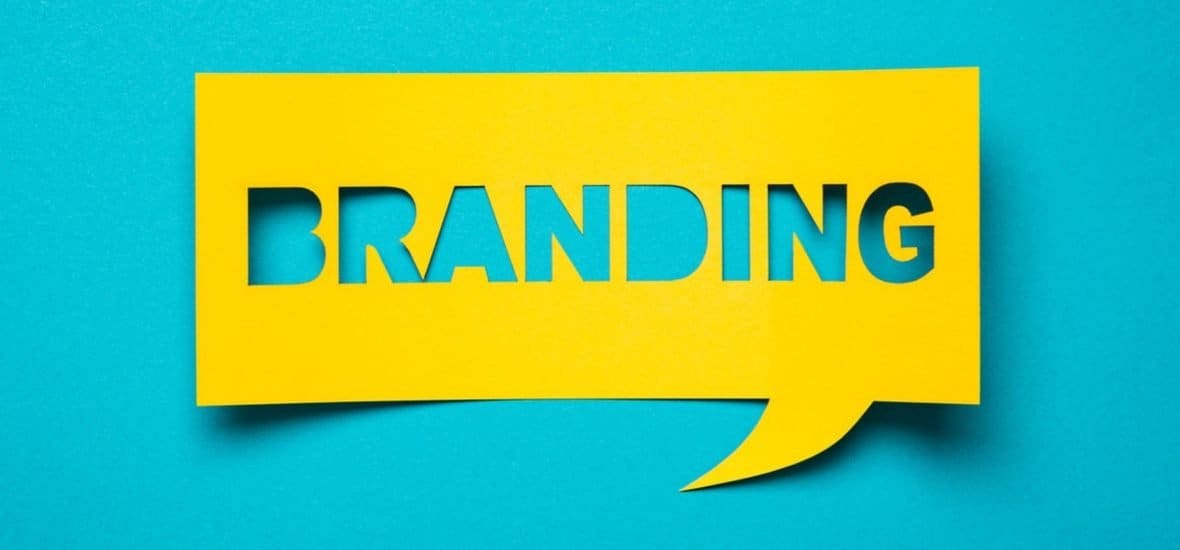
Branding and logo guide
A logo represents exactly what you stand for as a company. It’s a visual image which you hope will encapsulate your brand, sending exactly the right messages to the right audience. Think of McDonald’s or Nike, and it is their logo you visualise. Given how important a logo is to a company, it seem strange that many companies skimp when developing this very central and important aspect of their brand identity.
Types of logo
There are, in essence, three types of logo. Type treatments can be used in a unique way, such as those used by Sony and IBM. Illustrative logos, like a brush or a house, literally illustrate what a company does, such as painting or home design. Finally, abstract graphics can be employed, such as the Nike swoosh.
Logos and symbols mean nothing unless a company is able to communicate the underlying association, and it is only with some very savvy marketing that a company can begin to connect with their audience and build that all important brand image, of which the logo will hopefully become a part.
For companies just starting out, producing a logo and a marketing campaign to go with it is rarely an option. Instead, it can be a good idea to design a simple label which tells potential customers what your company does, with no further explanation.
Starting out
Before you begin to design a logo, you will need to first understand exactly what messages you wish it to convey. It can help to write a one line mission statement to add focus. Other useful tips include:
Compare and contrast ideas by looking at the logos of other companies in the same industry. How can you use your logo to differentiate your company from theirs?
Should it be on trend or lasting? Make sure you make your logo totally unique, but not too trendy. It will need to stand the test of time.
Keep it functional and clean. A logo should be as simple as possible. Not only does this enable it to become easily recognisable, but a simple logo will also help you to utilise it more easily across a range of different platforms. It should be scalable, distinctive, easy to reproduce and memorable.
Colour
Think carefully about the colour of your logo. Too many colours can be confusing, and when it comes to producing stationery, multiple colours can be costly. Preferably, your logo should look just as good in black and white as it does in colour, so it can be photocopied and printed without losing its effectiveness. It will need to look good on a range of different media, so experiment before you make the final decision.
Enlist the help of a designer
With all of the above to think about, it can be a real mistake to go it alone with designing a logo. While it is a great idea to sketch out a few ideas, it is far the best option to then pass these to a professional designer to complete the job. You will end up with a logo which will work across a range of media and will convey exactly the right brand messages. Spend a little more at the start and avoid the mistake of having to rebrand later.